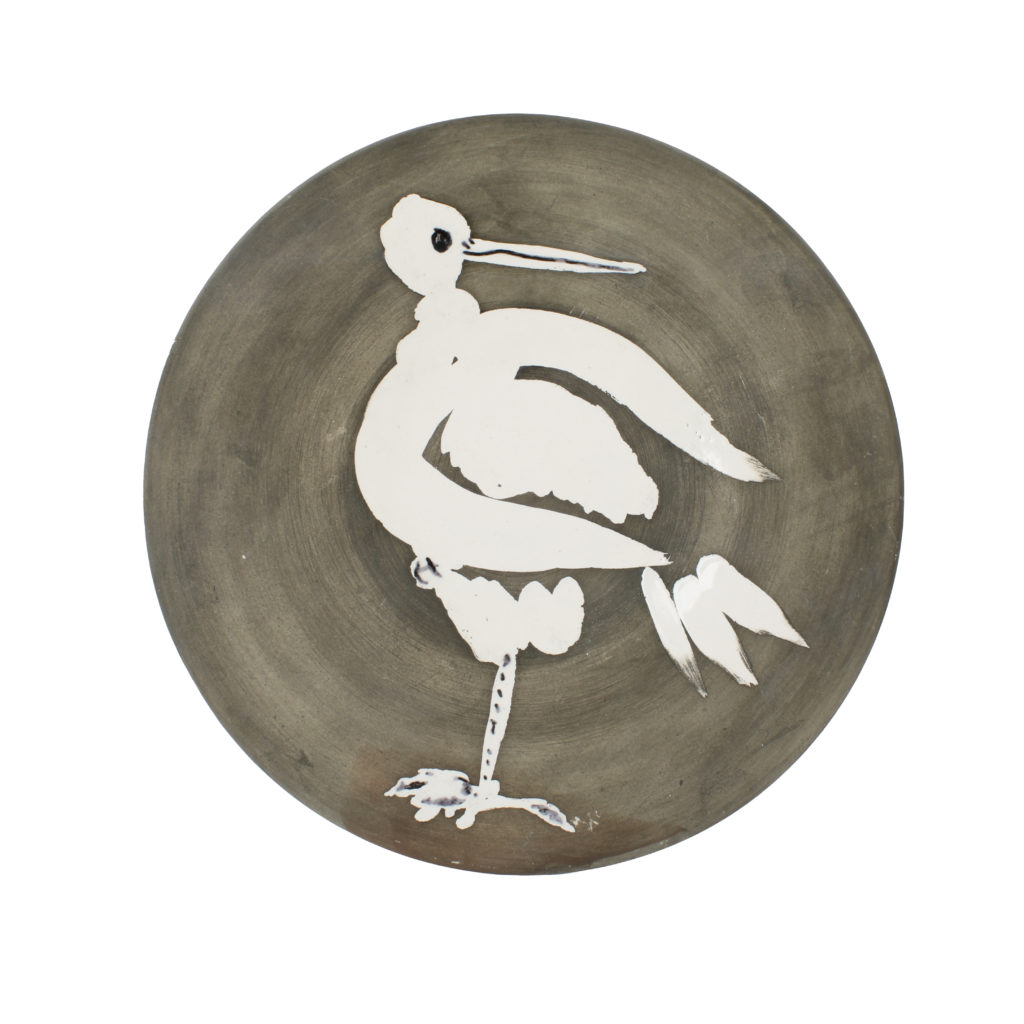Picasso is arguably one of the most influential artists of all time, gracing canvases with his avant-garde visions. The evolution of his styles is a testament of his ability to adapt and break the boundaries of what art is and was. His Blue and Rose periods, his two-phase Analytic and Synthetic cubism, his dabbles in Neo-classicism and Surrealism, and finally his post-war reflections showcase his ability to do it all. Often overlooked in his oeuvre, until more recently, are his ceramics. Which were able to fuse his inherent visionary nature with an aptitude for traditional craft. But what convinced him to put down his paintbrush and perch himself at a potter's table?
Origins
His need to experiment led him to Vallauris in the South of France following the Second World War. The small coastal town was renowned for its pottery, particularly at the Atelier Madoura studio, which, ironically, lit a fire in Picasso. The beauty of the coast combined with the efficiency, speed, and inexpensiveness of ceramic production excited Picasso. The politics of the everyday person in post-war Europe were at the forefront of everyone’s mind, and the idea that his ceramics could be owned by everyday people contributed to his newfound infatuation.
Practice
Picasso was trained in the art of painting, not the creation of ceramics. This meant he had to learn the technicalities of dealing with a three-dimensional unfamiliar material. He learned by doing and so threw himself into his work and mastered the artistry by trial and error. Placing himself at an atelier not far from Madoura, he would sketch out his designs and work tirelessly to apply these to the works. He learned how to three-dimensionally present elements of his designs onto the flat surfaces of his plates and the particularities of which glazes and oxides to use to ensure the colour he wanted was achieved when fired up in the kiln. His hard work paid off as he successfully produced 633 ceramic editions between 1947 and 1971.
Themes and Motifs
Visually, these ceramics are striking and often employ animal motifs. The iconography of bullfighting is common, as he often portrayed bulls and matadors; quite cleverly evoking the arena in his longer elliptical plates. Another recurring type of animal is highly stylised birds. His playfulness is ever-present in these avian works, which he achieves by exaggerating fantastical bird forms. In his more sculptural designs, he was able to morph the clay to present the physiology of his depicted birds three-dimensionally.
Picasso Ceramics at Auction
Antiques, Fine Art & Collectables | Tuesday 21st May
Viewing times (ID required):
Birmingham
Monday 20th May 10:00 – 16:00
Tuesday 21st May 08:30-10:00
Virtual viewings are available by request. Virtual viewings are the ultimate personal shopping experience. Using Zoom, you can ask us whatever you need to know to buy with confidence. Find out more here.
Luke McGurk MA (Hons) | Business Development Assistant














